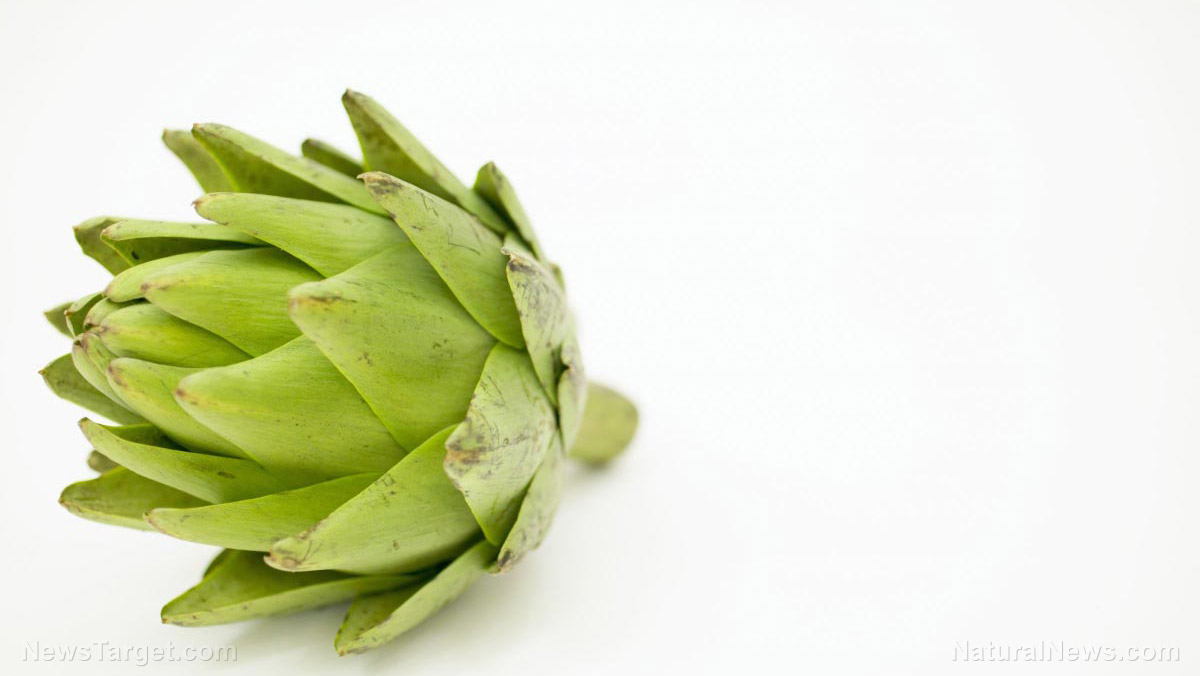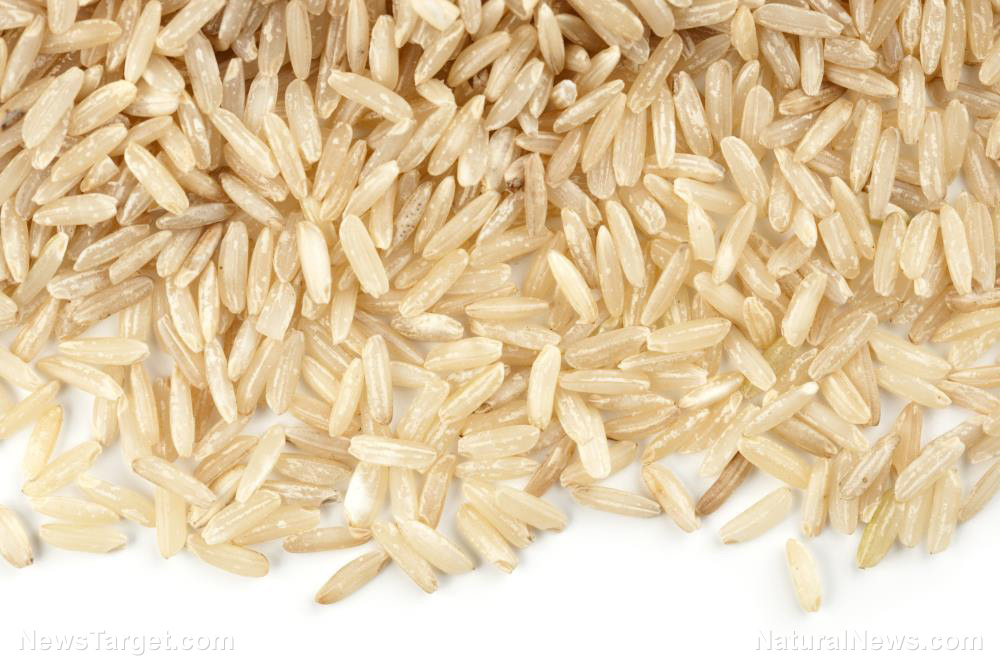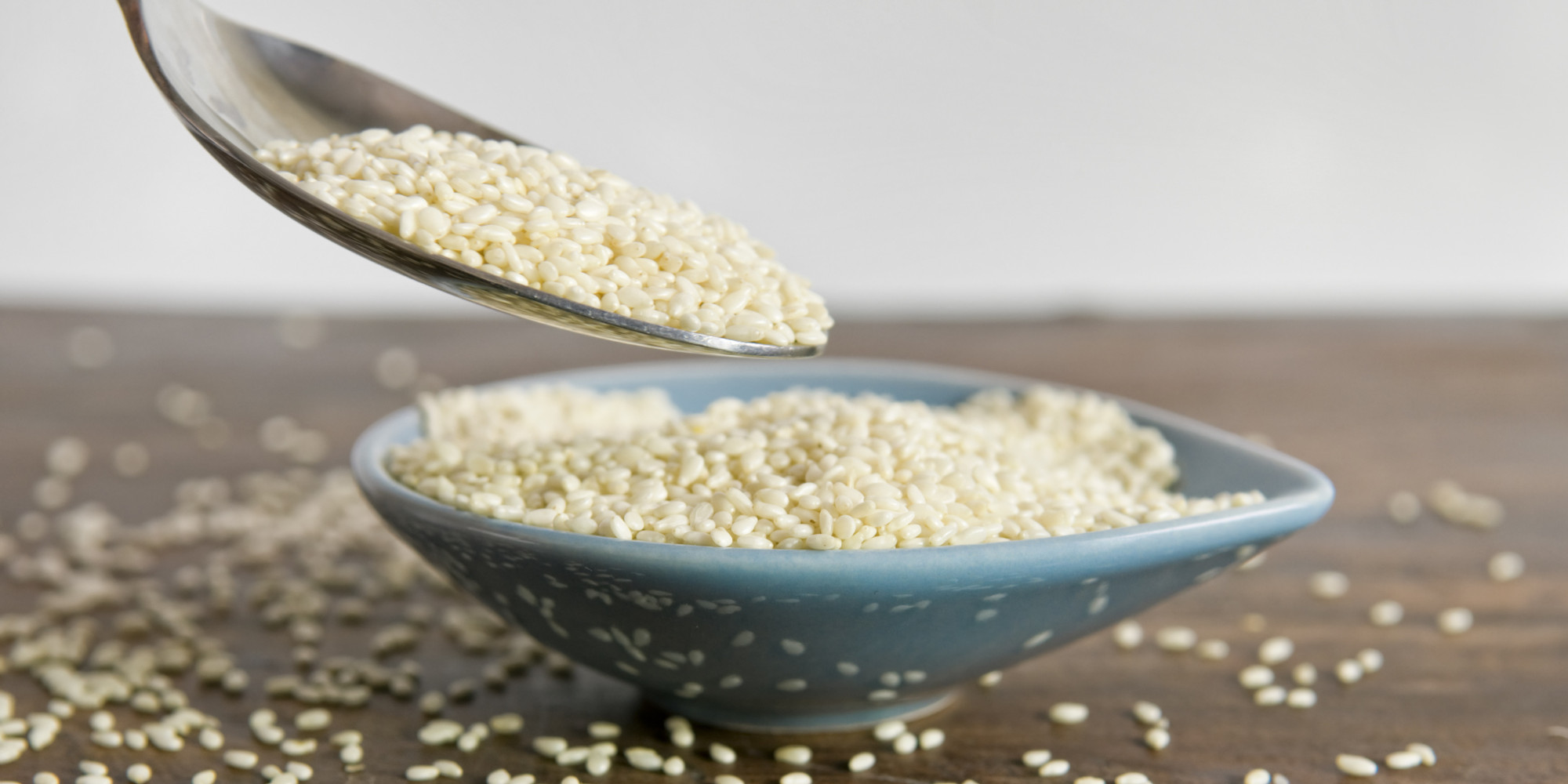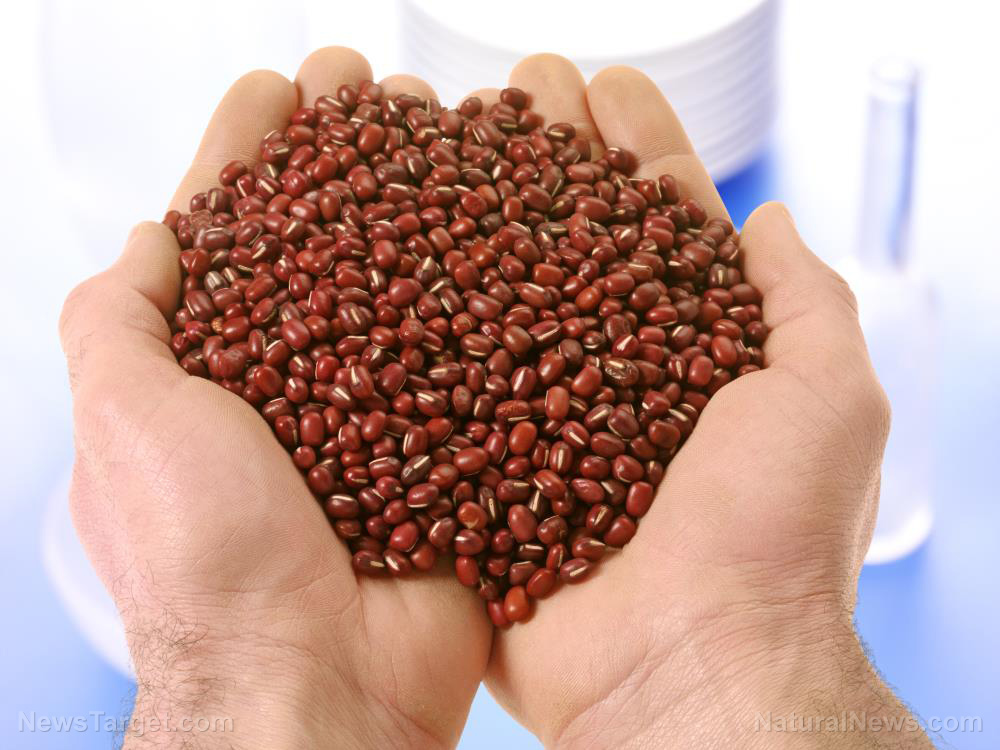When is the right time to introduce solid foods? Starting baby too early has negative health effects
09/01/2018 / By Earl Garcia

A study published in the Journal of the Academy of Nutrition and Dietetics revealed that many infants were introduced to complementary foods – anything other than breast milk or formula – earlier than recommended. A large body of pediatric health experts including the American Academy of Pediatrics (AAP) recommended that complementary foods be introduced to infants at least six months of age.
The researchers analyzed the 2009-2014 National Health and Nutrition Examination Survey data as part of the study. The study’s cohort was composed of 1,482 children aged six months to 36 months. The scientists then used logistic regression to assess the timing and prevalence estimates of the first introduction to complementary foods. Adjusted and unadjusted analyses were also carried out to determine certain factors associated with an early introduction.
The findings showed that 16.3 percent of U.S. infants were introduced to complementary foods as early as four months of age, while 38.3 percent were introduced at four to six months. The results also revealed that 32.5 percent were introduced at six to seven months of age, while 12.9 percent were introduced at beyond seven months.
Data from the unadjusted analysis showed that early introduction to complementary foods varied by breastfeeding status, race, maternal age and participation in the Special Supplemental Nutrition Program for Women, Infants, and Children. However, data from adjusted analysis indicated that only breastfeeding status remained a significant factor in its early introduction. According to the results, infants who never breastfed or stopped breastfeeding before four months of age were more likely to experience early complementary food introduction compared with those who continued breastfeeding.
“Despite using a broader definition of complementary foods, this analysis found a lower prevalence of early introduction in this nationally representative sample than previous studies that included only solids. However, many young children were still introduced to complementary foods earlier than recommended. Strategies to support caregivers to adhere to infant feeding guidelines may be needed,” the researchers concluded.
Early complementary food introduction may spur health woes in infants
Researchers at the Centers for Disease Controls and Prevention (CDC) cautioned that early introduction to complementary foods might do more harm than good. A study of more than 1,300 new mothers revealed that nearly 93 percent introduced solid foods to their infants before six months of age, while 40 percent did so before four months and another 9 percent did so even before their babies turned four weeks old. The study also showed that mothers who fed their babies formula were more likely to engage in early solid food introduction than those who exclusively breastfed.
“I think this is worrisome. I think it may show that word isn’t getting out that … it is 6 months before solid foods should be offered. I work in pediatrics and we see a lot of early introduction of solid foods when we do patient histories. If you start giving solid food too early then you are diluting the nutritional intake. You’re getting more calories, but less of the nutrients a baby needs to grow,” said pediatric dietitian Ann Condon-Meyers of Children’s Hospital of Pittsburgh.
The outside expert added that introducing solid foods too early may significantly raise an infant’s risk of contracting certain chronic diseases. Likewise, babies introduced to solid foods too early were at an increased risk of poor nutrition uptake. (Related: Breastfeeding builds healthy digestive systems to prepare babies for solid food.)
“Fifty percent said that their health care provider told them it was time to introduce solid food. That, for us, indicates that health care providers need to provide clearer guidance and really support women in carrying out the recommendation” Kelley Scanlon, study co-author and lead epidemiologist at the CDC’s nutrition, physical activity, and obesity division, told NBC News online.
The findings appeared in the journal Pediatrics, a flagship publication of the AAP.
Visit Science.news and be updated with the latest news on nutrition and infant health.
Sources include:
Tagged Under: babies, breastfeeding, complementary food, food intake, food science, infant health, Infants



















